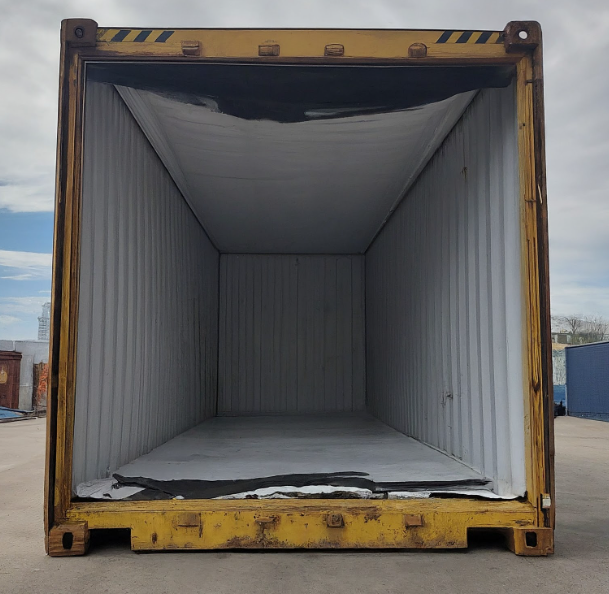
When it comes to shipping, maintaining stable temperatures is one of the biggest challenges. Temperature fluctuations are a natural part of shipping — especially ocean freight shipping. Worst of all, damage to your cargo can cost you thousands of dollars.
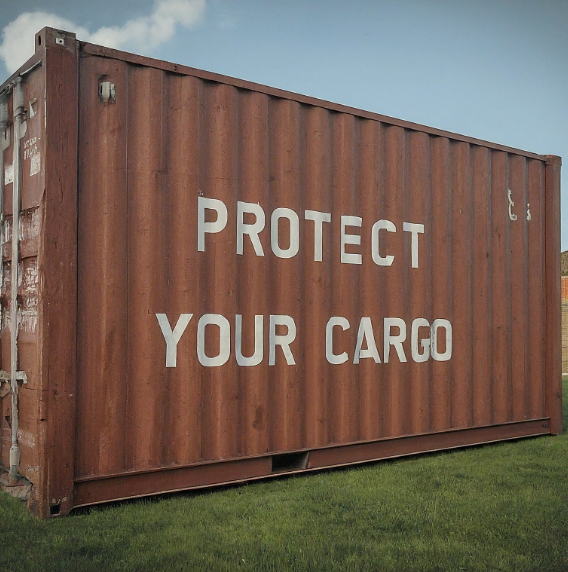
Fortunately, temperature-controlled shipping offers a solution to extreme temperatures. With the right shipping solutions, you can maintain stable temperatures and protect your bottom line.
Eurolog Packing Group offers innovative temperature-controlled shipping solutions — from pallet covers and thermal blankets to container liners. Learn more about our products and how we can help you eliminate the stress of shipping.
Temperature-controlled shipping is a process used to protect shipments of temperature-sensitive goods. Some goods can degrade or spoil when exposed to extreme heat. Even non-perishable items can be damaged by extreme temperatures, which hurts your bottom line.
Maintaining stable temperatures is also a concern when you’re shipping chilled or frozen cargo. While some cargo in your reefer container may need to be refrigerated or frozen, other goods may be sensitive to extreme cold. Temperature-controlled shipping can help you protect these goods as well.
Any goods that can be damaged or spoiled when exposed to extreme temperatures require a little extra protection. Several industries use temperature-controlled shipping, from consumables like food and beverages to electronics and chemicals.
Learn more about popular use cases for temperature-controlled shipping below.
Temperature-controlled shipping is commonplace in the food and beverage industry. From meat to dairy products and everything in between, food and beverages are sensitive to extreme temperature swings.
Maintaining stable temperatures is particularly important with food and beverages because they’re consumable products. While other goods can degrade and affect your bottom line, spoiled food and beverages can make consumers sick.
Here are some of the foods and beverages that require temperature stabilization:
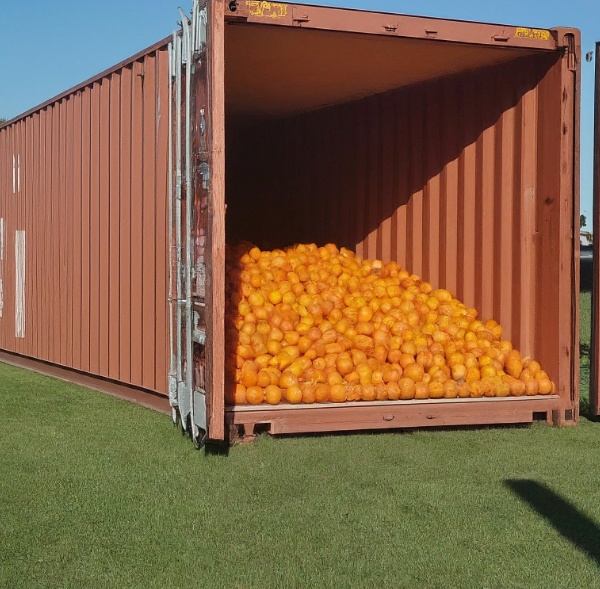
Our Temcore products help food and beverage suppliers deliver fresh, high-quality products all over the world.
The pharmaceutical industry also uses temperature-controlled shipping to ensure safe delivery of medication. When medication is exposed to extreme temperatures, it can degrade. Degradation affects the potency of some medications, but it can be a health risk with certain medications.
Like the food and beverage industry, temperature stabilization is key with medication because people consume it. Controlling temperatures isn’t just about your bottom line — it’s about protecting consumers everywhere.
Cold chain management is a crucial part of shipping pharmaceuticals. It’s not just about the shipping solutions you choose — it’s about how medications are handled during every step of the supply chain.
Different chemicals react differently to various environmental factors. Some chemicals can degrade or react when exposed to extreme cold or heat, which is the last thing you want when you’re shipping chemicals.
Here are some chemicals that don’t react well to extreme temperatures:
There are several potential health risks associated with chemical reactions. Gasses being released from chemical reactions can pose a health risk, and those reactions can even cause fires.
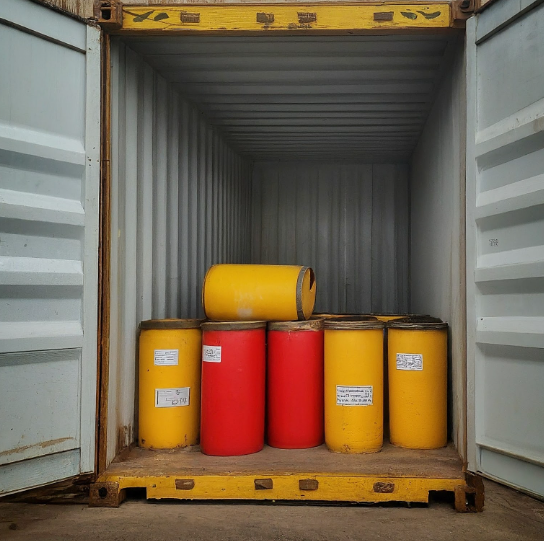
Shipping chemicals can also have an environmental impact if those chemicals are released in any form. Temperature-controlled shipping can help you reduce the risk of leakage and spills to minimize your impact on the environment.
Various types of electronics can be damaged by exposure to extreme temperatures — particularly heat. Heat can damage electronics, which is why your phone or computer might shut off if it’s close to overheating.
Sensors and capacitors can be damaged by exposure to extreme heat, and batteries can melt or catch fire. When you’re shipping a container full of electronics, you can lose a lot of money if there’s a fire or explosion inside the container.
Electronics should generally be kept between 50 and 75 degrees to minimize damage caused by extreme temperatures. You don’t need a refrigerated container for electronics, but thermal liners and covers are essential.
Whether you’re shipping food and beverages, medication, or chemicals, extreme temperatures can have several effects.
For the food and beverage industry, there are a handful of concerns. Spoiled food can affect your bottom line, but it can also negatively impact your reputation. If food and beverage companies were relying on your products, they may find a new supplier. The USDA provides Mail Order Food Safety guidelines that specify how to safely handle various foods.
Chemicals and electronics aren’t just costly when damaged — they can be dangerous. Chemical reactions and overheated batteries can lead to fires and explosions that can impact the environment and damage other cargo.
With the cost of pharmaceuticals, you can lose a fortune if you’re not safely shipping medication. You also need to worry about the potential impact of spoiled medication — which can either be dangerous or less potent.
Each year, thousands of companies across a handful of industries invest heavily in temperature-controlled shipping to prevent costly mistakes.
Mistakes can be costly when it comes to temperature-controlled shipping, but there are solutions. At Eurolog Packing Group, we provide a complete lineup of temperature stabilization solutions to help ensure safe delivery of your cargo.
When you’re shipping refrigerated or frozen goods that are prone to spoiling, reefer containers are a popular choice. Reefer containers are refrigerated shipping containers that can maintain stable temperatures in any climate, protecting frozen and refrigerated goods during shipping.
While reefer containers are a great solution in some cases, some goods can’t be exposed to extreme cold either. Reefer containers are also more expensive to purchase and maintain.
Overall, reefer containers are an excellent solution for food and beverage shipments.
Container liners like our Temcore Liner are an excellent temperature stabilization solution. Temcore Liners line the inside of your shipping container to create a complete seal, insulating the contents of the container from extreme outside temperatures.
If you’re looking for a versatile solution that allows you to ship heat-sensitive and cold-sensitive goods together, container liners are a smart choice. Temcore container liners are designed for easy installation, saving you time when loading and unloading.
Container liners can also help protect against contaminants and condensation. Since our Temcore Liners are reusable, they’re a cost-effective way to maintain stable temperatures.

If you want an efficient and convenient option, thermal blankets are about as simple as it gets. Instead of installing a container liner or setting up a refrigerated container, you can drape a Temcore Blanket over your pallets or boxes.
Temcore Blankets protect against extreme temperatures and contaminants, and they’re designed for durability. However, container liners are a more holistic solution if you have the time to install them.
For palletized shipments, pallet covers are one of the easiest ways to protect your cargo. Pallet covers are similar to thermal blankets, but they offer a more snug fit that’s designed for palletized cargo.
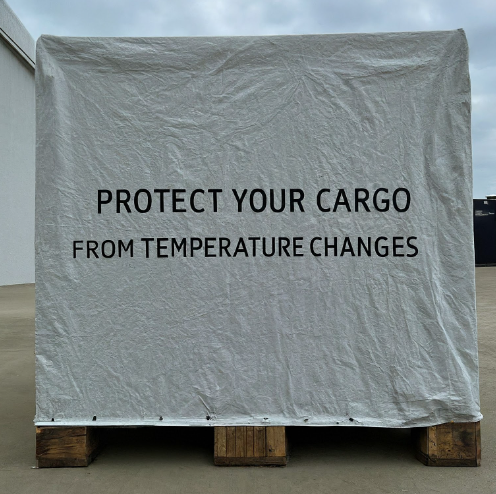
Temcore Covers are an excellent choice when you’re shipping palletized goods, providing total surround protection against extreme temperatures. Pallet covers may be a more cost-effective solution than container liners.
Our Temcore Max Cover can hold temperatures to within 1 degree an hour, providing unrivaled protection.
The packaging you choose plays a key role in the temperature-controlled shipping process. Using insulated packaging or insulating materials to protect goods can prevent damage and degradation.
Passive cold chain packaging uses insulation to protect your goods. For example, you might ship a refrigerated product in a cooler with dry ice. Passive packaging doesn’t always use dry ice.
Active cold chain packaging is a more expensive and effective solution. This packaging typically features battery-powered cooling to maintain stable temperatures. Active cold chain packaging is ideal for expensive high-risk cargo.
Shipping temperature-sensitive goods presents many challenges, so you need to stay vigilant to ensure your cargo arrives safely.
Start by making sure you have a clean storage space where you can maintain stable temperatures. Temperature-controlled shipping won’t help if your cargo is spoiled in the warehouse.
Outlining clear procedures for handling temperature-sensitive goods can help you keep everything at safe temperatures. You can use sensors to monitor the temperature of your cargo and receive alerts when there’s been an extreme temperature swing.
Perfecting temperature-controlled shipping takes time — especially with high-risk cargo. As you experiment, you’ll figure out what works best for your goods.
Protect Temperature-Sensitive Cargo With Eurolog Packing Group
Shipping temperature-sensitive cargo is a challenge — and you can lose a lot of money if you make a mistake. Using temperature-sensitive shipping solutions like container liners and cold chain packaging can help you protect your cargo and your bottom line.
At Eurolog Packing Group, we specialize in providing cutting-edge shipping solutions to make your life easier. Our Temcore series includes a selection of container liners, thermal blankets, and pallet covers to protect temperature-sensitive goods. Want to learn more about Temcore or find a custom solution for your shipping needs? Reach out to one of our experts today.

Sandra Malouf is the President of Eurolog Packing Group and has spent her career focused on Industrial Packaging. With a proven track record of helping businesses avoid supply chain disruptions, Sandra’s visionary leadership elevates the industry. She’s committed to developing sustainable practices and continues to shape the future of industrial packaging by listening to the customer and offering unique solutions applicable to various industries across the world. The company’s main focus is temperature stabilization and moisture damage prevention in exports affected by extreme variations in global temperatures.
© 2025 Eurolog Packing Group